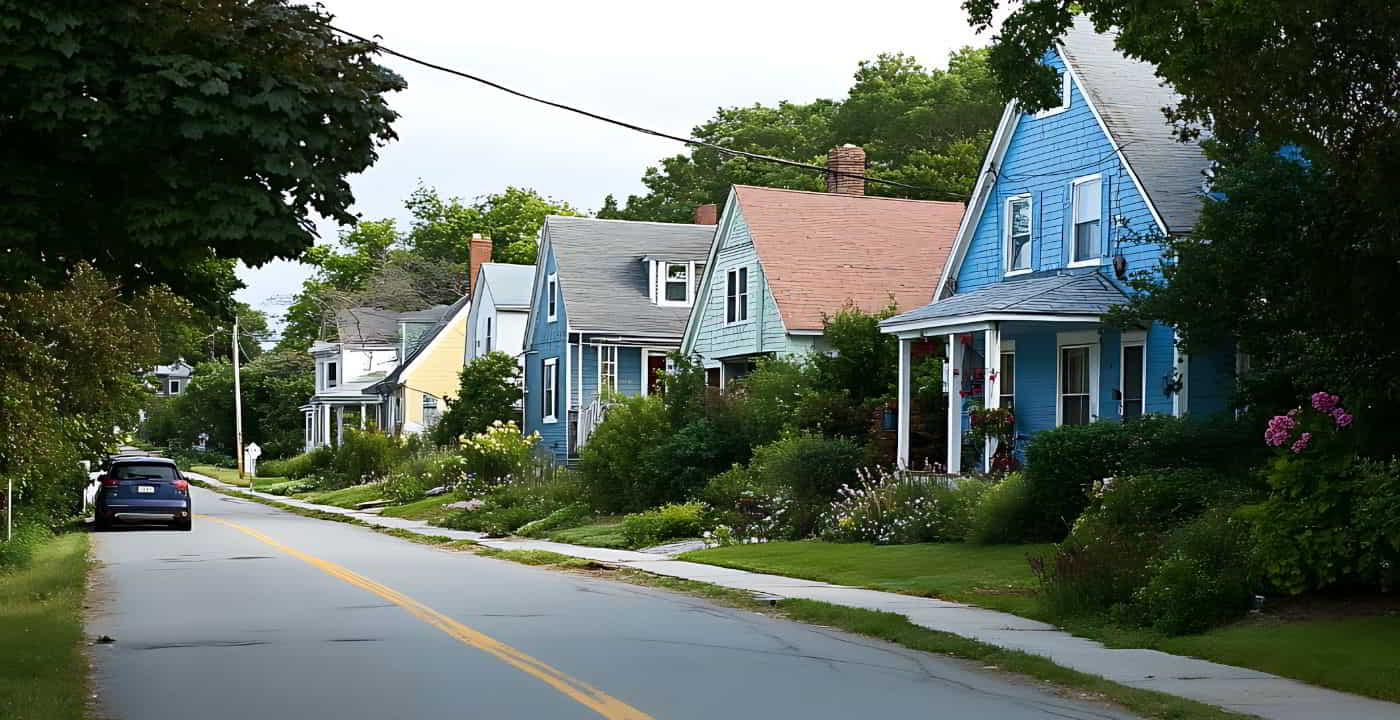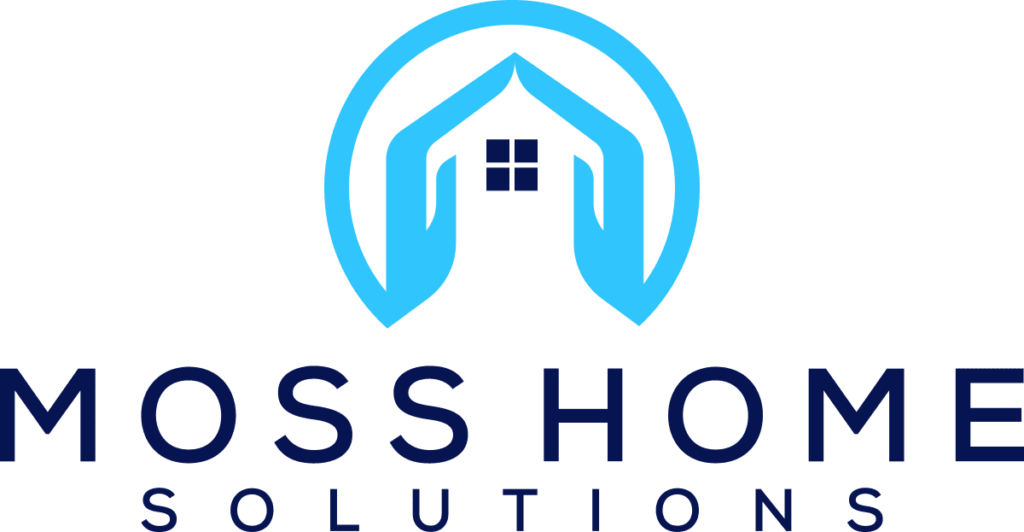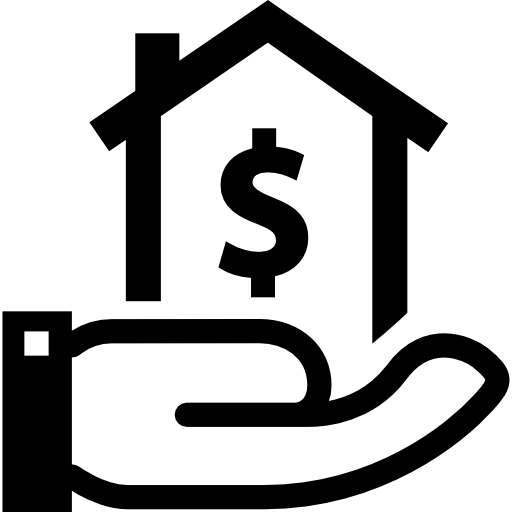Our recent analysis of the Rhode Island housing market reveals significant trends and challenges facing homebuyers and sellers in our state. Here are the key findings and expert insights.
Key Findings
- Home values in Rhode Island have risen to $418,708, a 34% increase since 2020, leading to critical affordability issues.
- Buyer purchasing power has been cut in half due to the influx of buyers during COVID-19, coupled with historically low interest rates, creating a lack of inventory. Now, higher rates (6-7%) discourage homeowners from selling.
- Homes in Providence spend a median of just 25 days on the market, reflecting a highly competitive environment with median sale prices ranging from $321,000 to $642,500 across different cities.
- Providence saw a 45% increase in median mortgage payments from May 2022 to May 2024, with interest rates rising from 5.1% to 6.94%, significantly impacting affordability.
- To address the housing crisis, easing restrictive land-use regulations through zoning reforms is more effective than building subsidized public housing.
The Housing Crisis in Rhode Island
Rhode Island, like many states, faces a significant housing problem. With the typical home value reaching $418,708—a 34% increase since the summer of 2020, affordability has become a critical issue for many residents. Rising home prices, restrictive land-use regulations, and escalating mortgage payments are key factors contributing to this crisis.
At Moss Homes, we blend recent data and insights from various sources to provide a comprehensive overview of Rhode Island’s housing market and explore potential solutions.
Expert Insights: Bill Dubois from Moss Homes
Our own Bill Dubois provides valuable insights into the current market dynamics:
“Home values in Rhode Island have significantly increased over the past 5 years, largely due to the limited housing inventory. Part of that, in my opinion, is because of the influx of people buying during Covid. When people bought at that time, the interest rates were at historic lows. So, people were buying interest rates in the 3%s because of the uncertainty at that time.”
The Interest Rate Conundrum
Bill explains the impact of rising interest rates:
“Now, for someone to sell their property and go buy something at a mortgage rate of around 6% or 7%, they are essentially doubling their interest rate. It essentially cuts their buying power in half. I think that’s an issue. People that bought during that time are not selling now because they are holding onto that low interest rate.”
Pent-up Demand and Market Saturation
Bill further elaborates on the current market conditions:
“Parallel to that, all the people who were trying to buy at that time lost out to the demand. They were getting beat out by other prospective buyers. All the first-time home buyers got pushed out. Each year, eligible buyer numbers rose, so the demand has increased—all those past first-time buyers are part of the pent-up demand from 3 or 4 years ago.”
“It does allow buyers to sell a lot easier. There’s just such a large buyer pool currently. Rhode Island is a saturated market for its location, being so close to Boston. Coupled with that, there is not a lot of real estate on which to build; there is no new inventory.”
Fastest Selling Homes and City-Specific Insights

In a recent analysis by Stacker, Providence, Rhode Island, ranked #43 among metros where homes sold the fastest. Homes in Providence spent a median of 25 days on the market, with a median sale price of $460,333.
This rapid turnover rate indicates a highly competitive market where decisions must be made swiftly, often disadvantaging buyers.
Rhode Island’s largest cities showcase a range of median sale prices, reflecting diverse market dynamics:
- South Kingstown: $642,500
- Providence: $443,750
- East Providence: $407,000
- Cranston: $382,500
- Woonsocket: $380,000
- Warwick: $366,000
- North Providence: $365,000
- Pawtucket: $346,000
- Coventry: $341,500
- West Warwick: $321,000
Mortgage Payment Increases
According to Redfin data, Providence’s median mortgage payments increased by a staggering 45% from May 2022 to May 2024.
This rise reflects the broader trend of escalating housing costs and interest rates, which have jumped from 5.1% to 6.94% over the same period.
Such increases significantly impact affordability, stretching household budgets and making homeownership less attainable for many.
Home Equity Gains
Despite the challenges, homeowners in Rhode Island have benefited from substantial equity gains. In the last quarter of 2023, homeowners with mortgages saw an average increase of 8.6% in their home equity.
Rhode Island, along with New Jersey and Massachusetts, ranked among the top states for these gains, reflecting robust appreciation in home values.
Addressing the Housing Crisis
Rhode Island aims to improve housing affordability by proposing subsidized public housing construction. However, experts argue that this initiative doesn’t effectively address the core issue: restrictive land-use regulations. These regulations limit housing supply, driving up prices and worsening affordability.
Bill Dubois from Moss Home Solutions emphasizes the importance of addressing restrictive land-use regulations in Rhode Island. By easing these restrictions, the state can encourage the development of more housing units, stabilize prices, and provide sustainable solutions to affordability challenges.
In response to Rhode Island’s competitive housing experts further advise a comprehensive approach that combines the construction of affordable housing with meaningful zoning reforms. This strategy aims to create a more balanced housing market that meets the diverse needs of residents.





